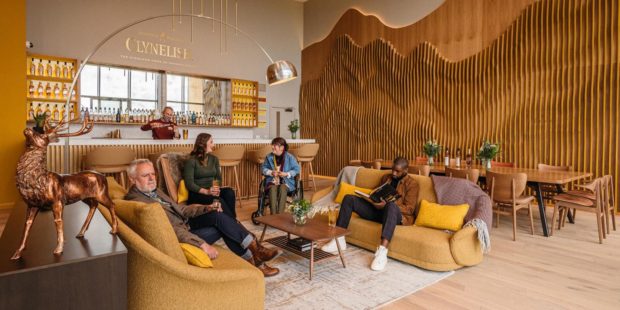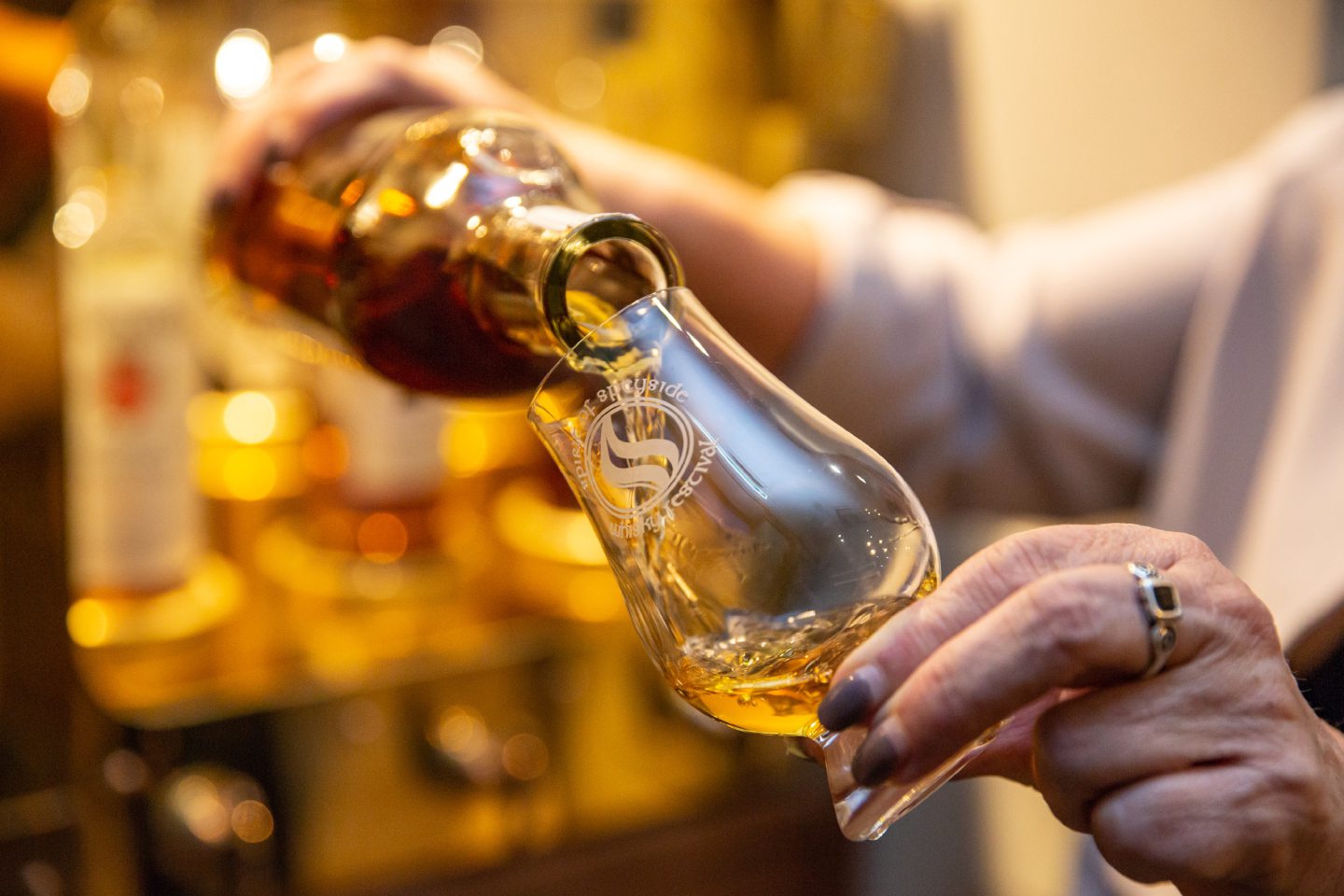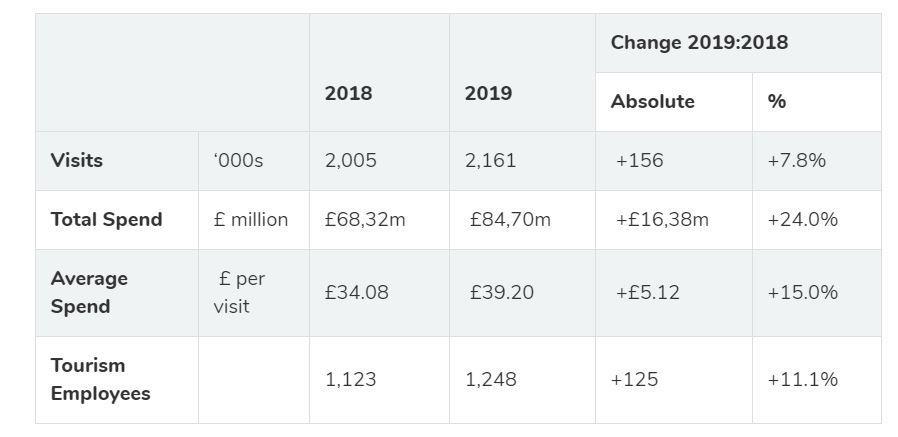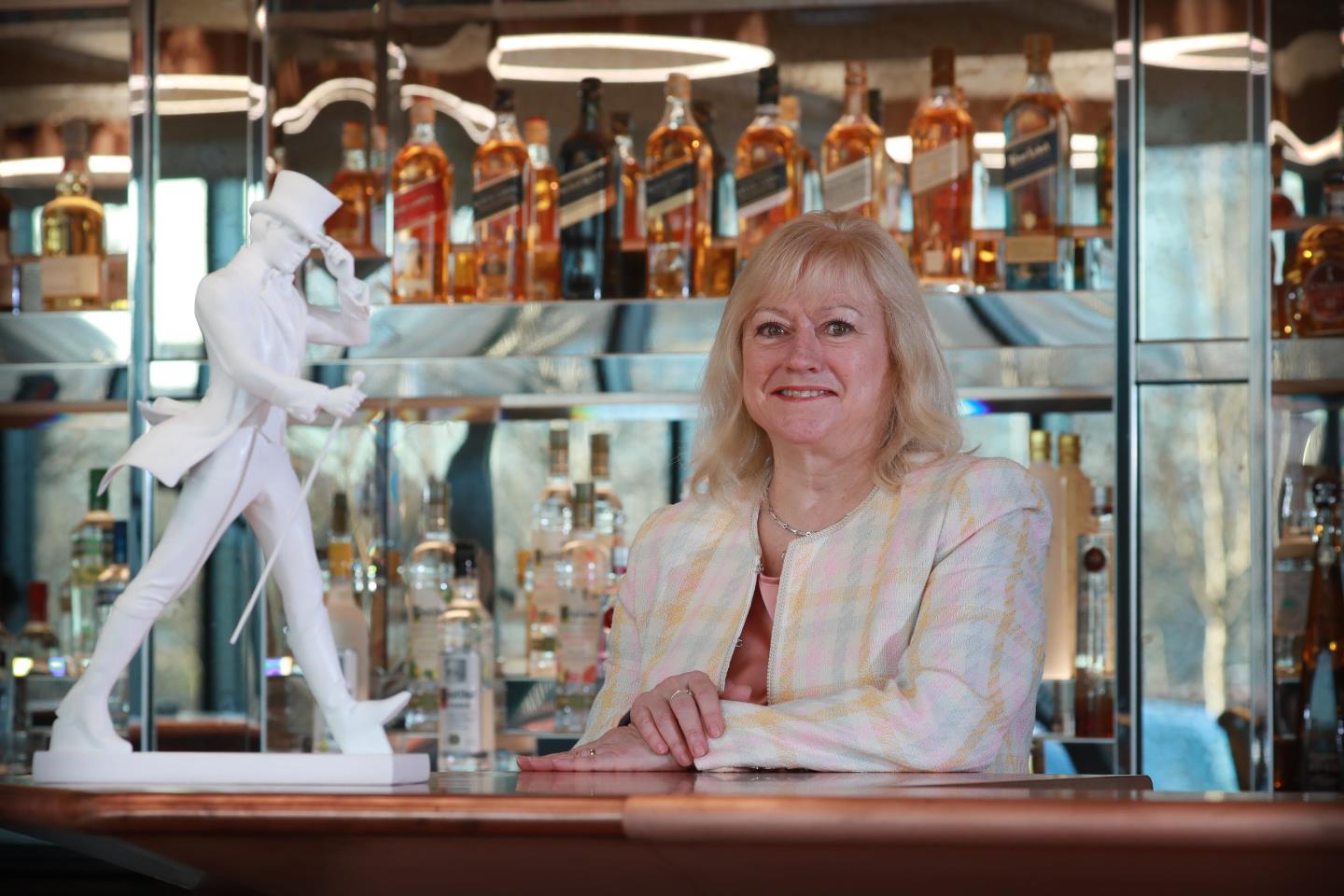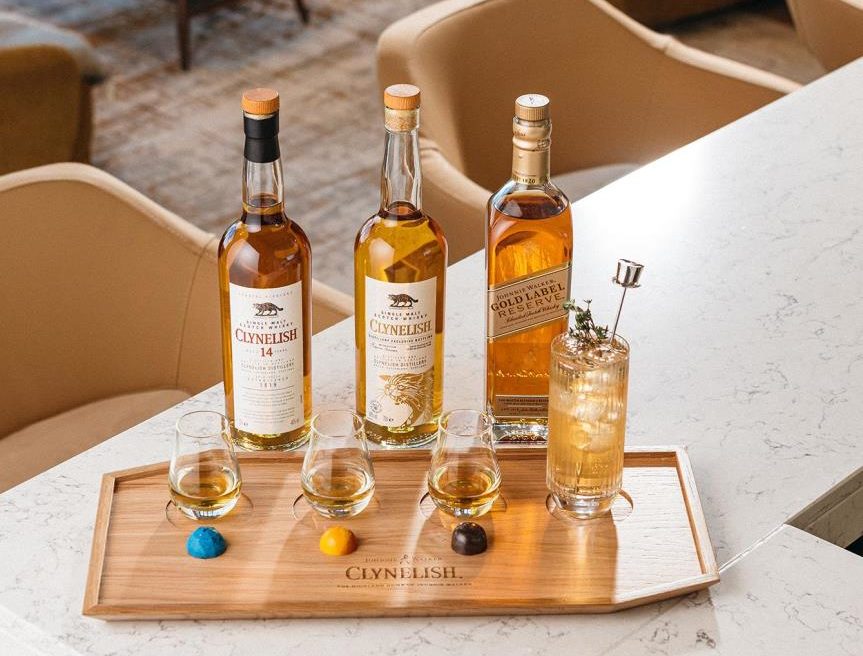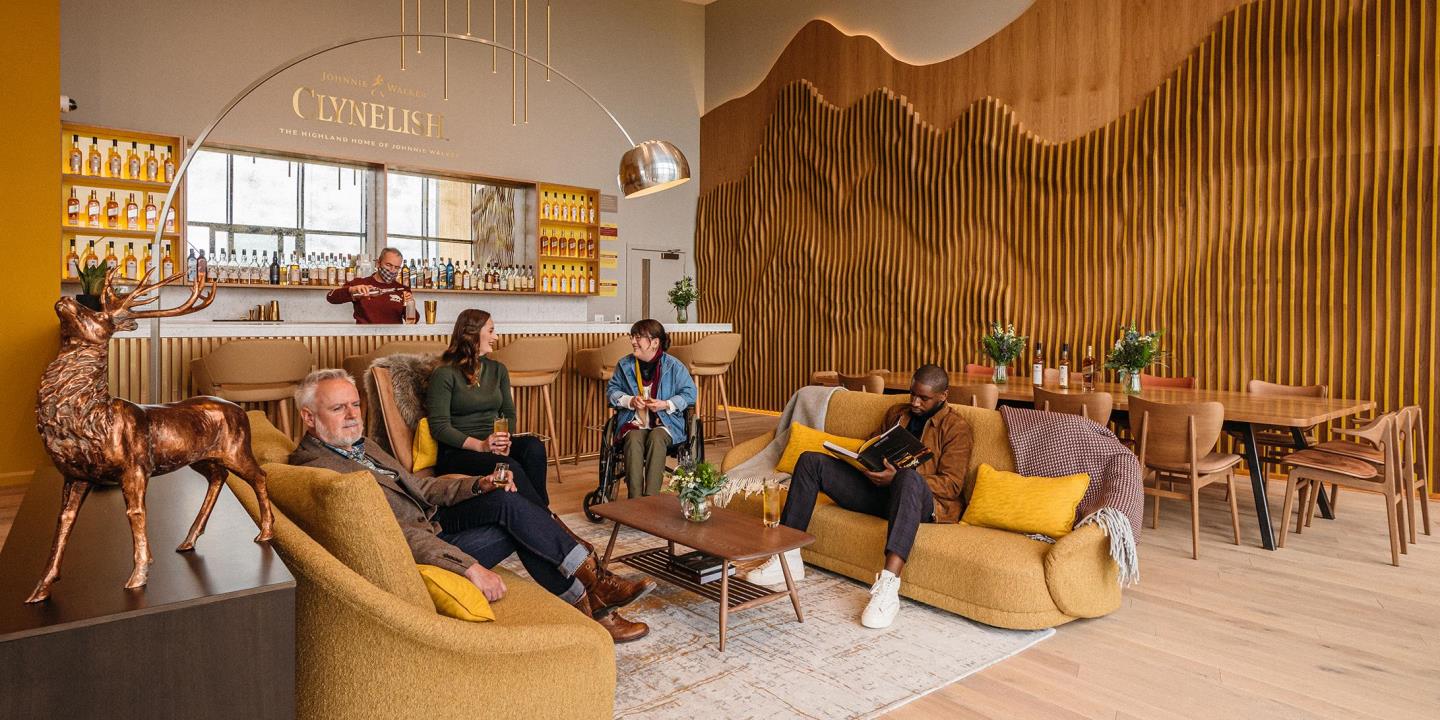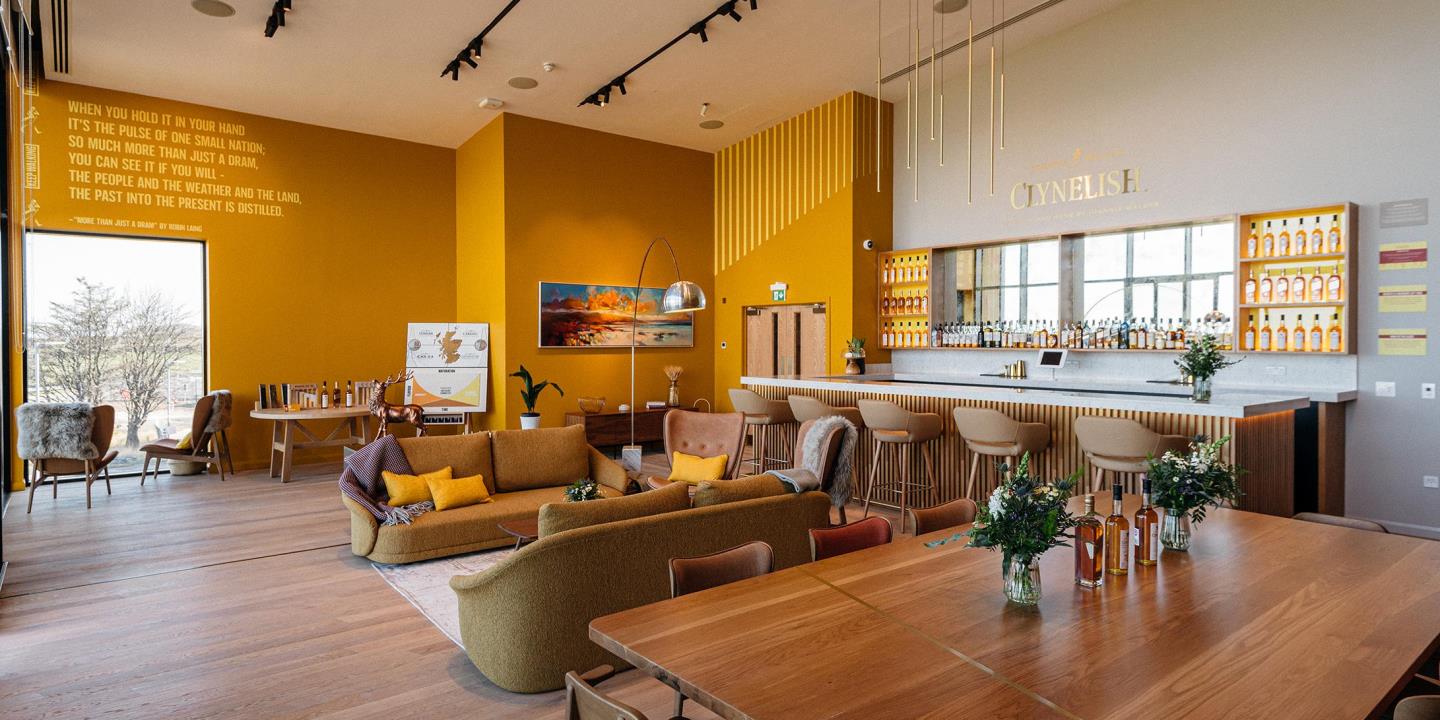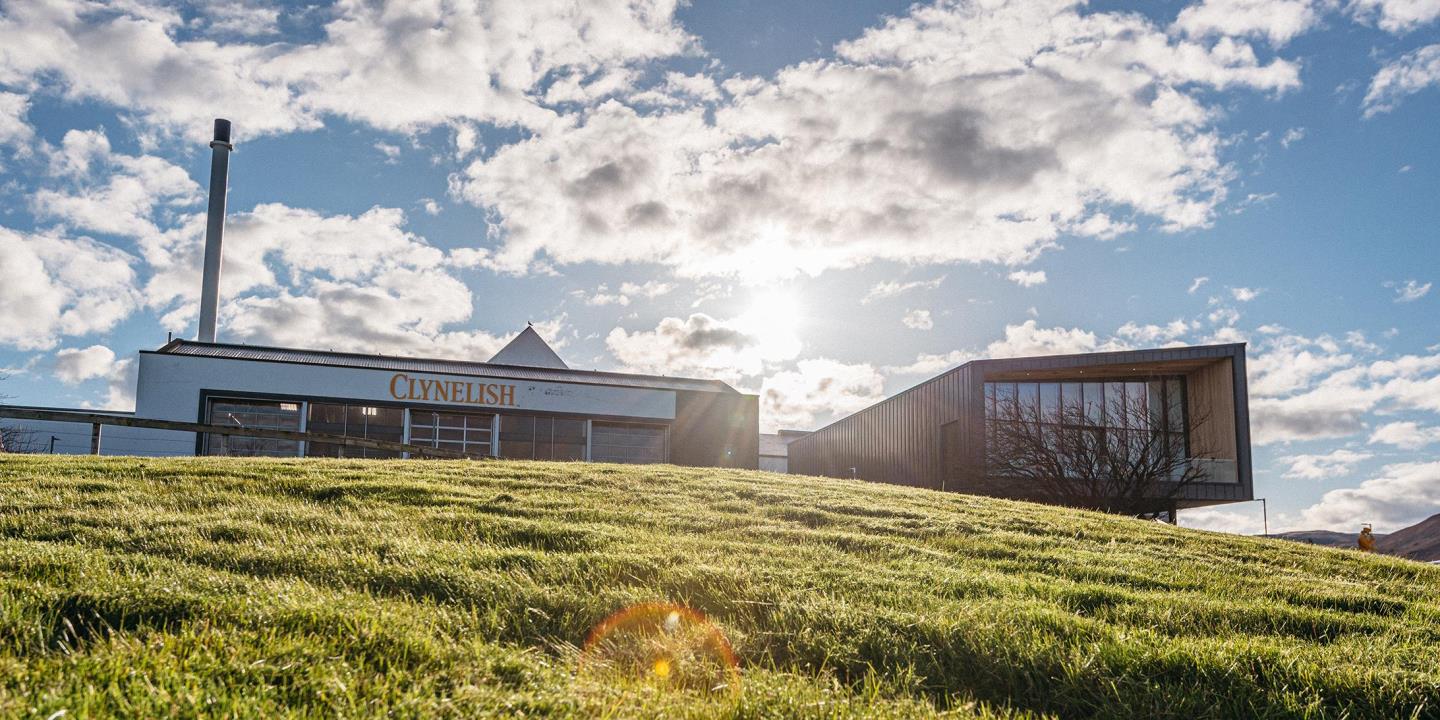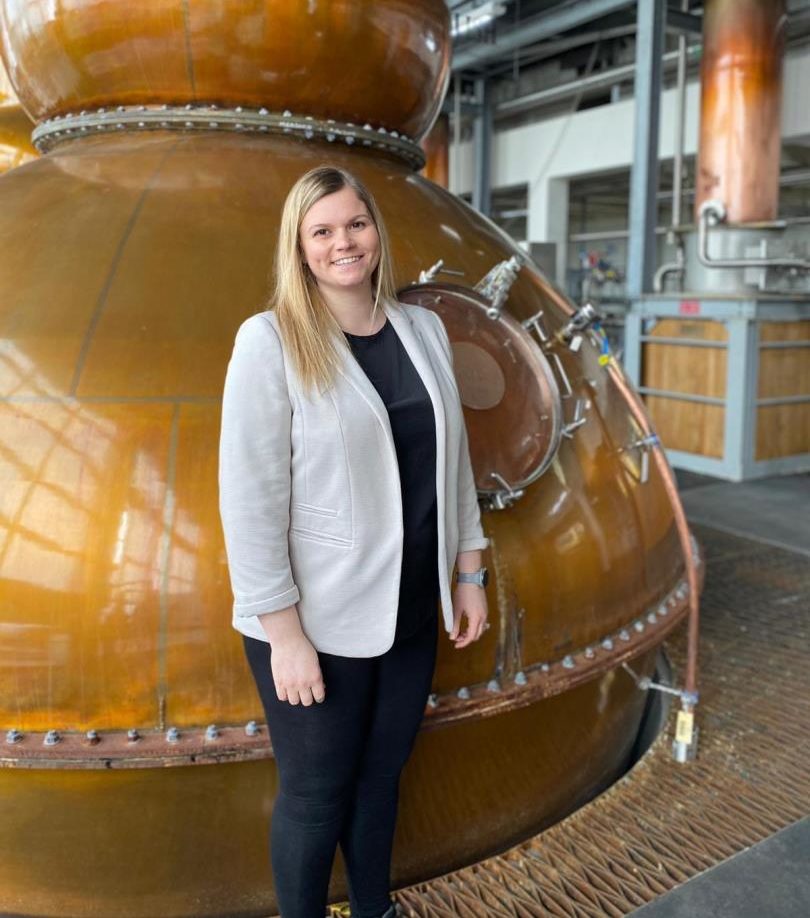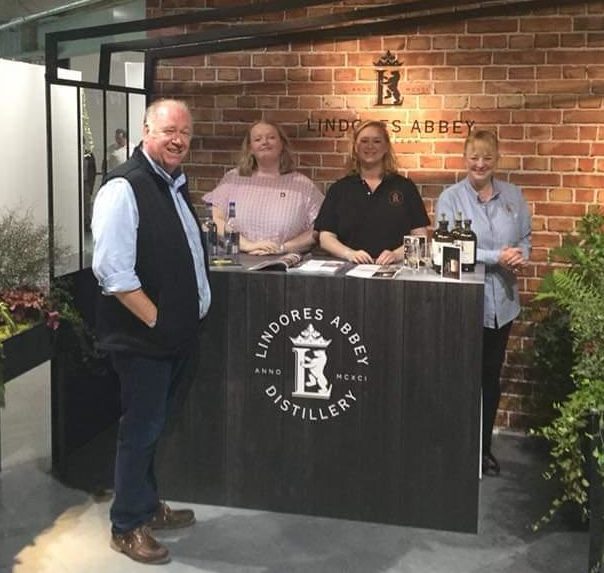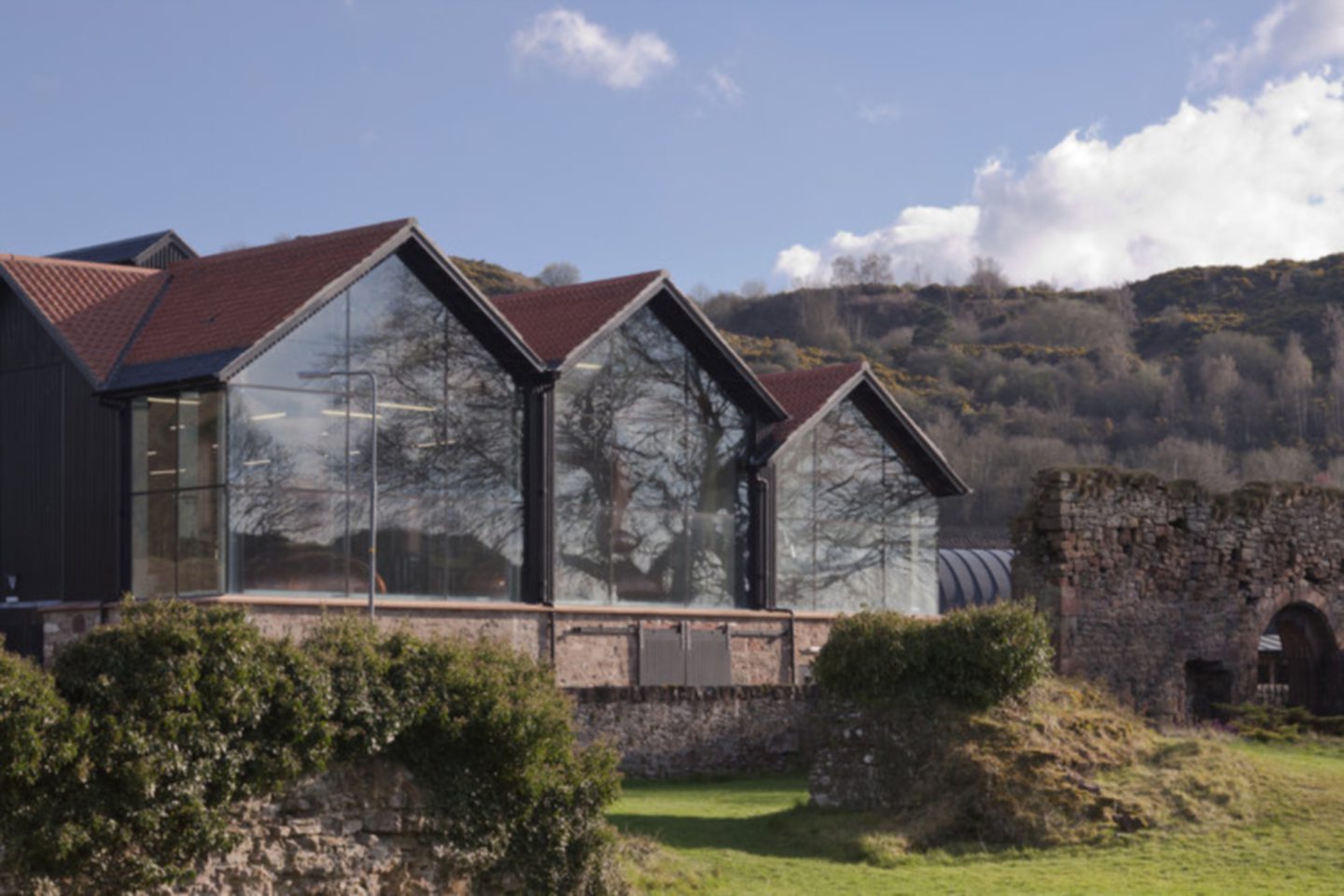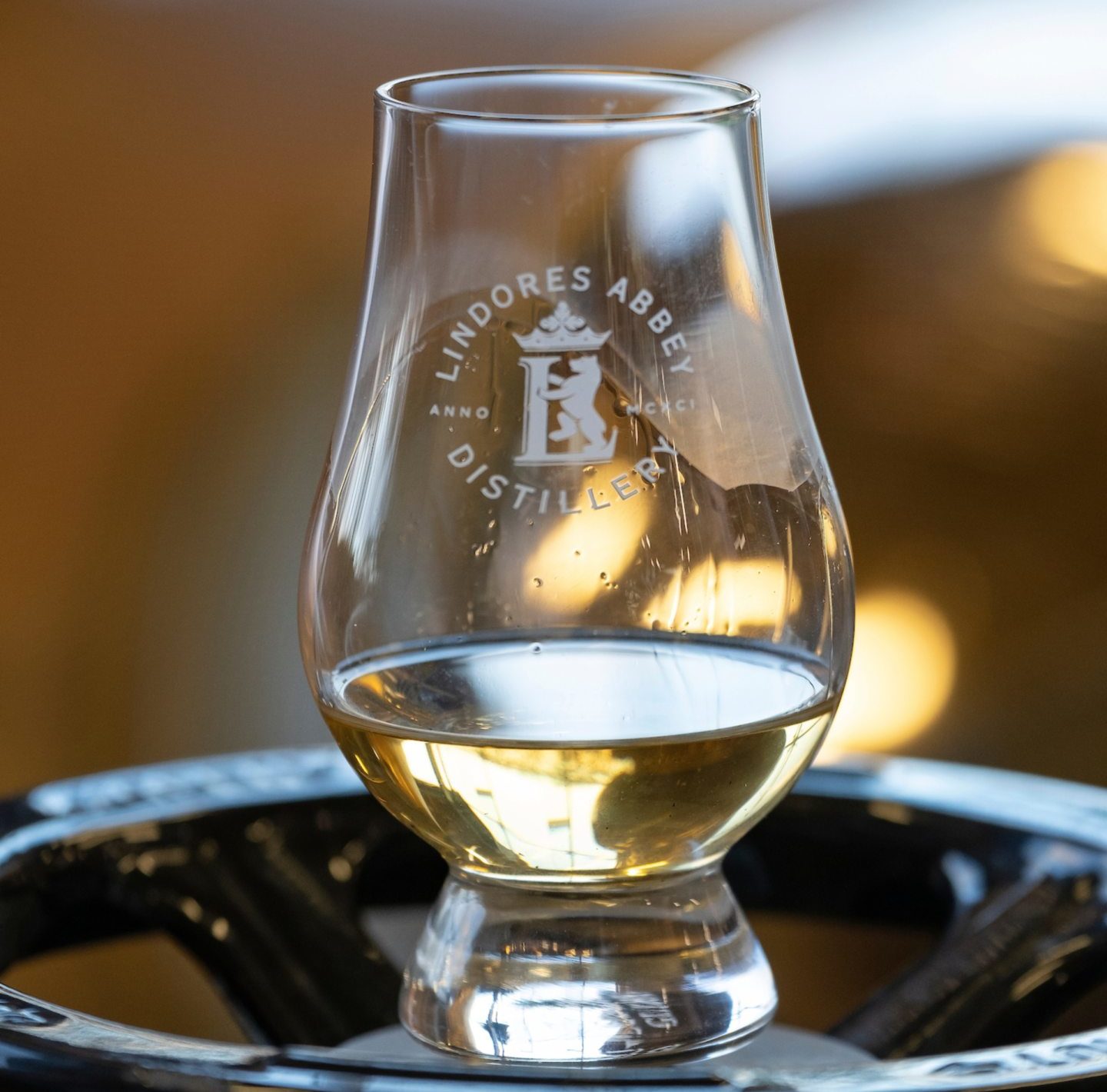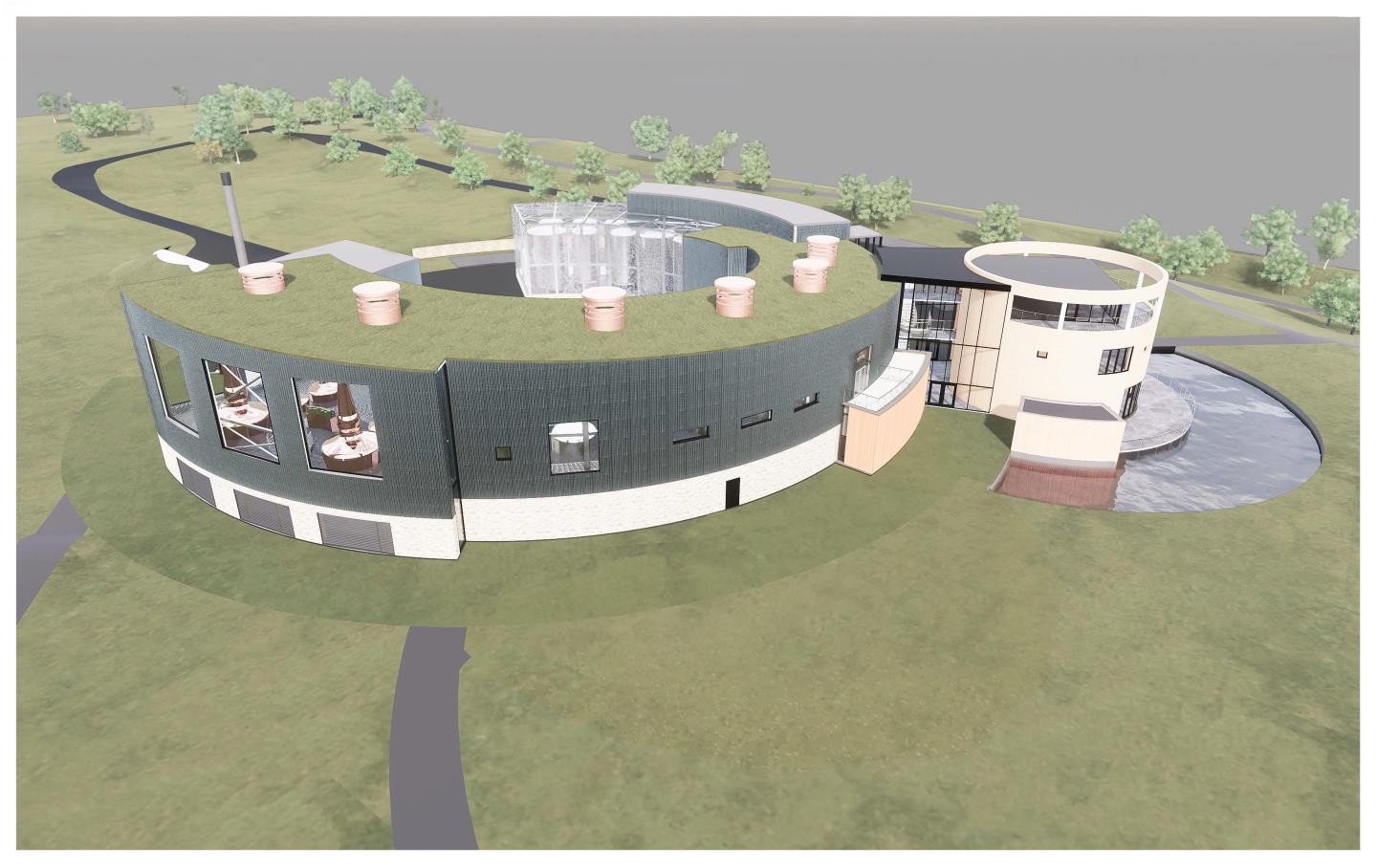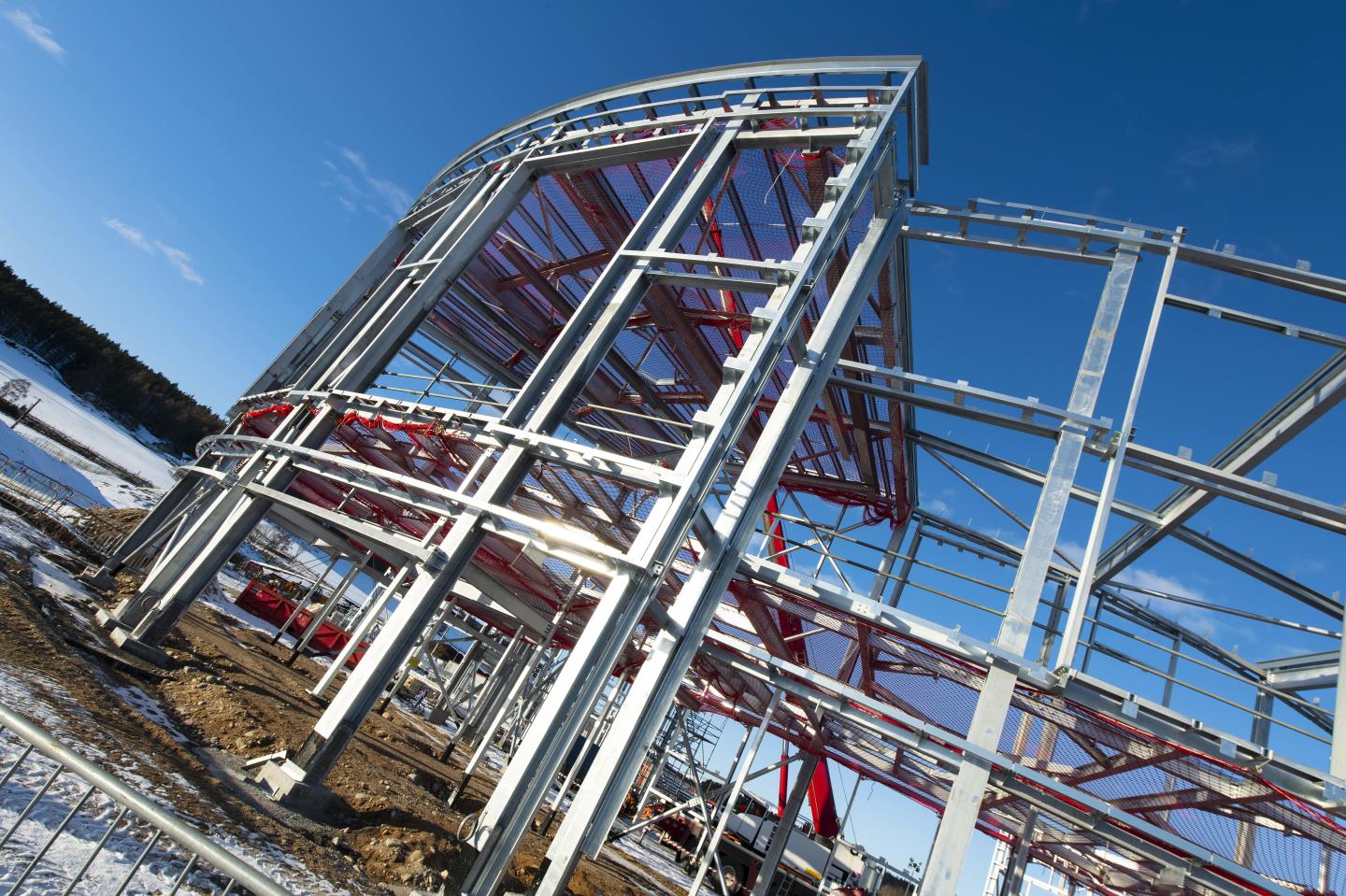As more of hospitality reopens and we continue to come out of lockdown while living with some coronavirus restrictions in place, Julia Bryce takes a closer look at distilleries and what challenges they may face post-pandemic.
There’s something rather magical about going on your first distillery tour and seeing those giant copper pot stills up close and personal.
I remember my first real experience of whisky on a larger level was on a press trip to Speyside as part of the Spirit of Speyside Whisky Festival.
It was the most surreal drinks experience I think I will ever have. I visited countless distilleries, viewed the most incredible giant stills up close, all of which had been individually crafted in shapes and ways specific to each brand, and enjoyed exploring the array of drams they had on offer, all while passing around the “copper dog” – the name for an old copper tube device that whisky distillery workers made to smuggle some spirit home.
But what will this experience look like in the post-pandemic era? Will whisky tours still be the same? Will they have that personal, intimate feeling? And will we be allowed to get back into the distillery itself to see these magnificent copper beasts doing what they do best?
Last year the Scotch Whisky Association reported that a record 2.16 million visits to distilleries took place in 2019 before the pandemic hit in March 2020.
And tourism plays a huge part in this all with two in every three visits to Scotch whisky visitor centres in 2019 from international visitors.
Visits have increased by two thirds since 2010, and more than 1,200 people were directly employed in tourism roles at Scotch whisky visitor centres – 10% of the industry’s direct employment in Scotland in 2019.
Findings also showed that more than £200m has been invested by the industry in Scotch whisky tourism in the past five years to cater for the increased demand of visitors. In 2019 spending at visitor centres reached almost £85m.
Long road to recovery
So what might the future of Scotch whisky tourism look like in Scotland? And how do we get those record numbers back? Barbara Smith, managing director of Diageo’s brand homes, reckons confidence and determination will get us there.
She said: “With distilleries the length and breadth of the country and centuries of heritage, Scotch whisky is woven into the fabric of Scottish life and communities. The industry has long been Scotland’s stellar global export success, taking our national drink to every country in the world.
“It has only been over the past 20 years that Scotch whisky has emerged as a major contributor to the growth of Scotland’s tourist economy, attracting people from across the world to visit the distilleries in Scotland.
“Along with the wider hospitality sector, tourism has been massively impacted by coronavirus, losing virtually a whole year of business and setting back the positive growth in visitors the industry had achieved over two decades. It is going to be a long road back. But we have to approach the recovery with confidence and with determination.”
Competitive advantage
Just as interested in the people behind the product and the story of the brand, Barbara says Diageo’s commitment to the sector will hopefully entice more people to the country, and to their distilleries.
She continued: “For the Scotch whisky industry, our confidence comes from the fact that we believe we still have a huge competitive advantage because of the global reach and the nature of the product.
“When Diageo made its commitment to investing £185 million in our Scotch whisky visitor experiences three years ago, it was because we wanted to put Scotland at the forefront of a global boom in food and drink tourism.
“Behind that investment was the insight that consumers don’t just want to buy a product, they want to know where it is made, who made it and what goes into it, and that creates an appetite to visit the places where their favourite food and drink products come from.
“That insight remains true today. If anything, it has become more important as people become even more choiceful about how and where they travel in the post-Covid-19 world.”
A new era for Clynelish Distillery
One of Diageo’s latest openings, Clynelish Distillery in Brora has reopened its doors after undergoing a multi-million-pound revamp.
The updated distillery will take visitors on an interactive journey of the single malt’s story, inviting guests to unlock the mysterious spirit of Clynelish with secret rooms and hidden keys.
There will also be a new whisky terrace bar, where visitors can enjoy a range of refreshments and snacks with views overlooking the beautiful local scenery.
She added: “As part of the redevelopment, we have installed free water dispensers to reduce single use plastic on site, cycle racks to encourage sustainable travel and full LED lighting in the visitor centre and distillery.
“The new nature sustainability programme includes the building and placement of bug hotels, bird boxes and hedgehog houses across site to protect local wildlife.
“As we begin to reopen our whisky visitor attractions, the safety of our people, local community and visitors will be our number one priority. We want our brand homes to be community hubs for our neighbours and a place for them to enjoy.
“We look forward to when we are able to host Scotch whisky lovers from across the world again but for now, we are focused on responsibly rebuilding local tourism with our distilleries’ communities in mind.”
North Coast 500
Jenni Watson, senior site manager at Clynelish has been based at the distillery for five years and has seen the demand for whisky tourism, locally and internationally, grow alongside the popularity of the North Coast 500 route.
She said: “Scotch whisky is a world-renowned product that is richly embedded in the history of rural communities across Scotland and Brora is no exception. As tourism in the area has flourished in part thanks to the popularity of the North Coast 500, demand for whisky-focused attractions has also increased.
“Not only do people want to try the whiskies we make at Clynelish, but they want to understand the history of the distillery and the stories of the local people who make the spirit so unique. In the beautiful setting of Brora’s landscape, it makes for a truly special whisky experience.
“The newly-refurbished brand home offers something for everyone. From established single malt fans of Clynelish and fans of Johnnie Walker to those who may not have tried whisky before. It truly is an exclusive experience, that brings to life the unique history of our whisky and adds value to the local tourism industry here in Brora.”
Lindores Abbey open for business
The team at Lindores Abbey in Newburgh, near Cupar in Fife, have already welcomed visitors back to their distillery, however all tours must be booked in advance and boast a maximum of eight people.
Poppy McKenzie Smith, communications manager and brand home developer of the family firm, said: “We are trying our best to make the most of our tours under the current restrictions, but we do miss our larger groups and our international guests.
“It has however been good having small groups who can get a really personal experience from our guides. Obviously such a large part of tours does involve smelling and tasting, so it will be useful when masks are finally safe to come off.
“Distilleries like us are working hard to keep our spaces safe for visitors and staff alike. We are lucky to have lots of open outdoor areas to take advantage of when the Scottish weather permits which is great for those who feel happier in the open air. As more distilleries open and people enjoy safe experiences, we are sure that they will pass on their recommendations to friends and family and the visitors will start coming back.”
Positive consumer confidence will continue to return, Poppy outlines that it would be hard on the industry if customers didn’t feel comfortable returning to take part in tours.
She added: “It would be hard, there’s no two ways about it. Distilleries rely enormously on visitors coming through the doors, enjoying tours and experiences and making purchases. The whisky industry has proven to be extremely safe over these past difficult months, and we hope that people will support us when we all reopen. After all, a lot of people have used our products to help keep lockdown enjoyable!
“We have tried to keep our tours as normal as possible while adhering to distancing, mask wearing and household size rules. We are lucky to be able to do things like tastings outside in our beautiful courtyard, and make use of our large airy indoor spaces, too.
“Our whisky-making process and our wonderful guides are just as fascinating as they were before Covid-19, and of course as the spiritual home of Scotch whisky, we have a unique selling point which attracts visitors from across the world. Lindores Abbey has been through a lot in its 830-year history, and we have no doubt that we will get through these tricky times as well.”
The Cairn – coming soon…
With big plans unveiled to bring their new venture, The Cairn Distillery, to the Cairngorms in spring 2022, Gordon & MacPhail‘s marketing director, Ian Chapman, believes the industry will be able to recuperate from the loss of visitors it has faced throughout the past 14 months.
He said: “Scotch whisky is a product often enjoyed in a social setting with friends and family. As measures to combat the virus are relaxed, our desire is to attract visitors and deliver a safe, interesting and personal experience that will live long in the memory. Scotch whisky is known for being able to bring people together, as a product to be savoured and enjoyed.
“Insights from VisitScotland suggest there is strong pent-up consumer demand for holidays to Scotland. Initially we anticipate interest from domestic markets, with international visitors returning as travel restrictions are relaxed and consumer confidence rises.
“I’m sure whisky lovers in the UK and across the globe will be keen to experience, first hand, how their favourite drink is made and hear from the experts who produce it.
“We anticipate consumer confidence will grow over the short term. We will carefully monitor the evolving picture and adapt our model if need be. Before the pandemic the number of visitors to distilleries was at a record level. That might take time to return but we’ll be doing everything we can to make our visitor centres as safe and welcoming as possible.
“We look forward to welcoming visitors next year to The Cairn Distillery to enjoy an immersive and memorable experience set in a truly breathtaking location on the banks of the River Spey, within the majesty of the Cairngorm National Park. Our distillery is currently being built and we’re very excited about the plans for the visitor centre.”
For more on whisky…
